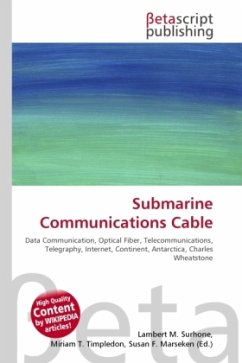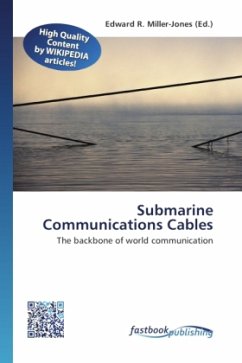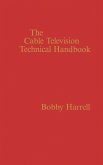High Quality Content by WIKIPEDIA articles! After William Cooke and Charles Wheatstone had introduced their working telegraph in 1839, the idea of a submarine line across the Atlantic Ocean began to be thought of as a possible triumph of the future. Samuel Morse proclaimed his faith in it as early as the year 1840, and in 1842 he submerged a wire, insulated with tarred hemp and India rubber, in the water of New York harbour, and telegraphed through it. The following autumn Wheatstone performed a similar experiment in Swansea Bay. A good insulator to cover the wire and prevent the electric current from leaking into the water was necessary for the success of a long submarine line. India rubber had been tried by Moritz von Jacobi, the Prussian electrical engineer, as far back as the early 1800s.





![The All Red Line [microform]: the Annals and Aims of the Pacific Cable Project The All Red Line [microform]: the Annals and Aims of the Pacific Cable Project](https://bilder.buecher.de/produkte/65/65636/65636573m.jpg)

